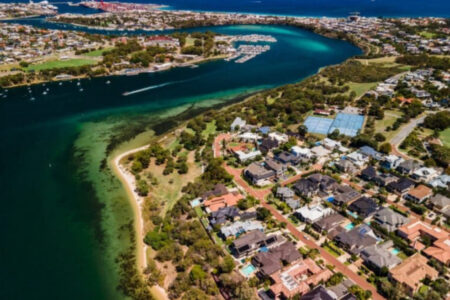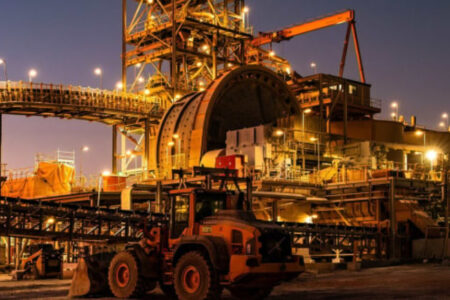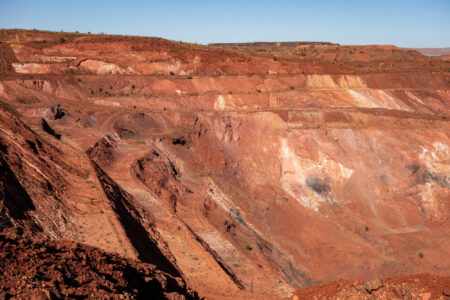Mirvac Bags Australia’s First 6-Star Green Star Buildings Certification – 100% renewable energy!
According to the Green Building Council of Australia, with the use of the new Green Star Buildings rating tool. Mirvac’s Heritage Lanes project in Brisbane has become the first building to be awarded a 6-star rating.
The notable features of the building include:
- Being carbon neutral in operation and powered 100 percent using renewable energy.
- Features to promote healthy spaces such as improved air quality, natural light exposure and other wellness elements.
- A lobby which is entirely ‘breathable’ with louvred and shugg windows that open and shut to enjoy the Queensland weather.
- Multiple mixed-mode tenant floors which enable people to select settings which best suit them.
- A ground level urban garden to provide a pleasant environment for workers.
- Inclusion of ‘native bush tucker’ options to add an exciting culinary touch.
- Celebration of history and connection to Country with artwork by Quandamooka artist Megan Cope.
- Preservation of the site’s historical architecture and former use as the Brisbane Fruit & Produce Exchange.
- End of trip facilities to support healthy and active living including 665 bike racks, 1,302 lockers, 66 showers and space for 10 electric scooters.
- 100 percent of the planting on-site being Australian native plants, with 80 percent sourced from the southeast Queensland bioregion
- State-of-the-art smart building technology which collects more than 90 billion data points daily and delivers one of Australia’s most intelligent and responsive buildings.
The new tool had the most significant update of the Green Star rating system over the past 18 years. One important feature is that it extends beyond core environmental considerations and adopts a broader scope that aims to address critical issues that will define the built environment over the next decade.
The tool also requires the following:
- solutions that improve the physical and mental health of occupants
- support the creation of safe, enjoyable, and comfortable spaces
- encourage interconnectedness and social cohesion among community members
- promote connections between people and nature
- provide innovation, vision, or leadership for industry
- encourage solutions that promote the capacity of the building to recover from short-term shocks and long-term stresses.
The tool also requires certified buildings to improve their decarbonization and to be “Climate Positive” wherein buildings would need to be efficient, free of fossil fuels, fully run by renewables, have low up-front carbon emissions, and eliminate/offset remaining scope 1 carbon emissions.
Source: Link
Date of Publication: 12 September 2023





